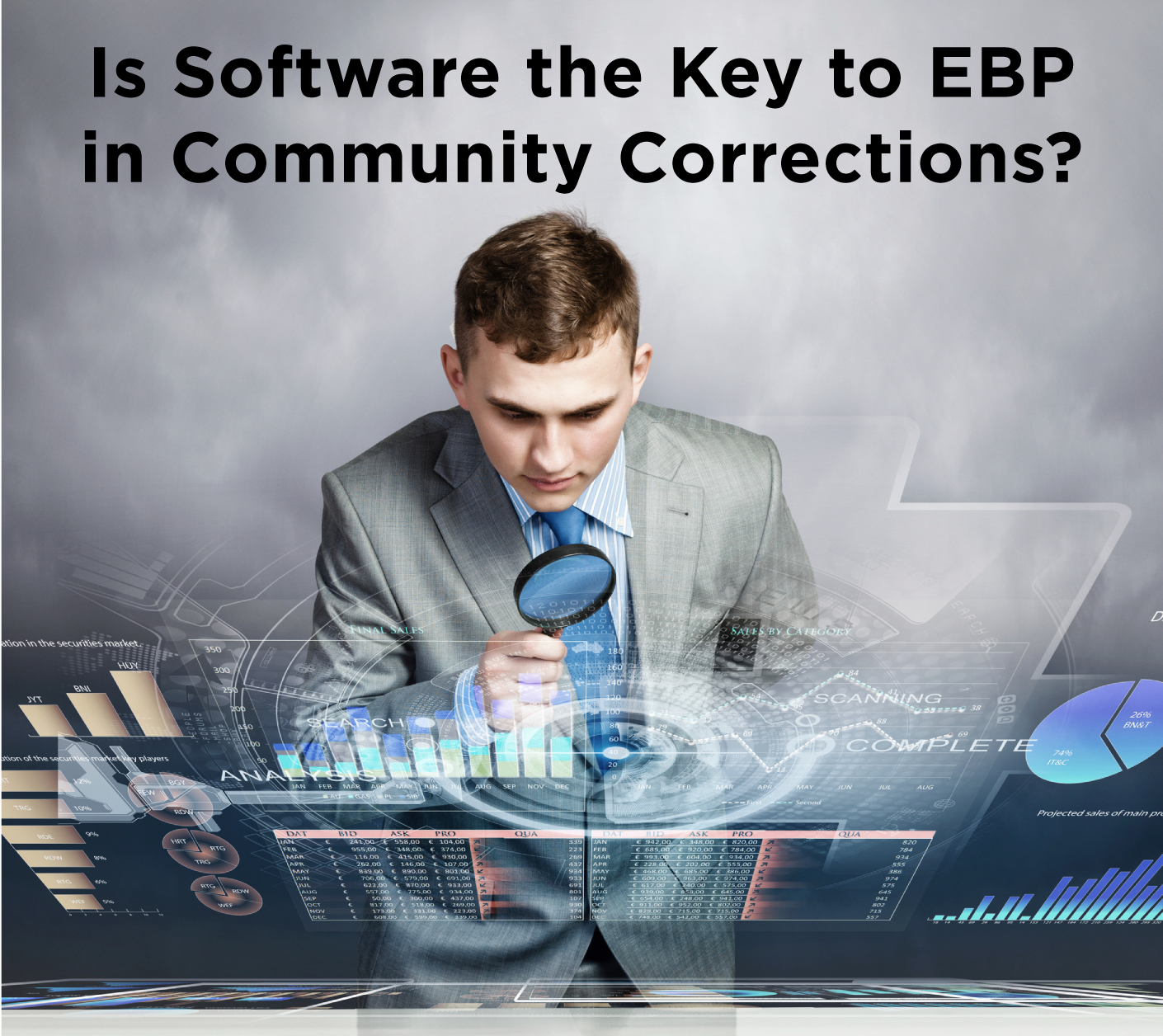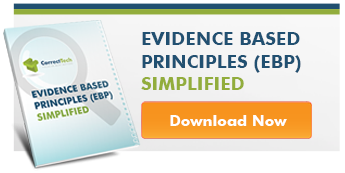Getting to the Point
The top of a pyramid is what makes it identifiable as a pyramid. This apex is known as the capstone. On ancient pyramids, capstones were given special care and sometimes made of gold. Kings had their names etched in them. Pyramids are architectural marvels. While many mysteries and legends abound, experts agree that the building of the pyramids took hundreds of workers hundreds of years to complete.
While pyramids served many purposes (some were quite elaborate on the inside with bakeries, tombs and hallways aplenty) the outward symbol of success was to get to the point, the capstone. Once the builders completed the point of the pyramid, it was complete. Any shortcuts would certainly be noticed and mar the elegance of these ancient structures. If the work crews had rushed to get to the point, it is unlikely that these landmarks would still be standing.
Read More






